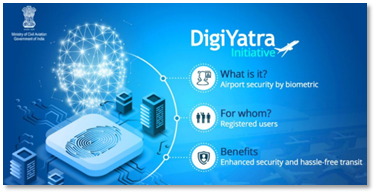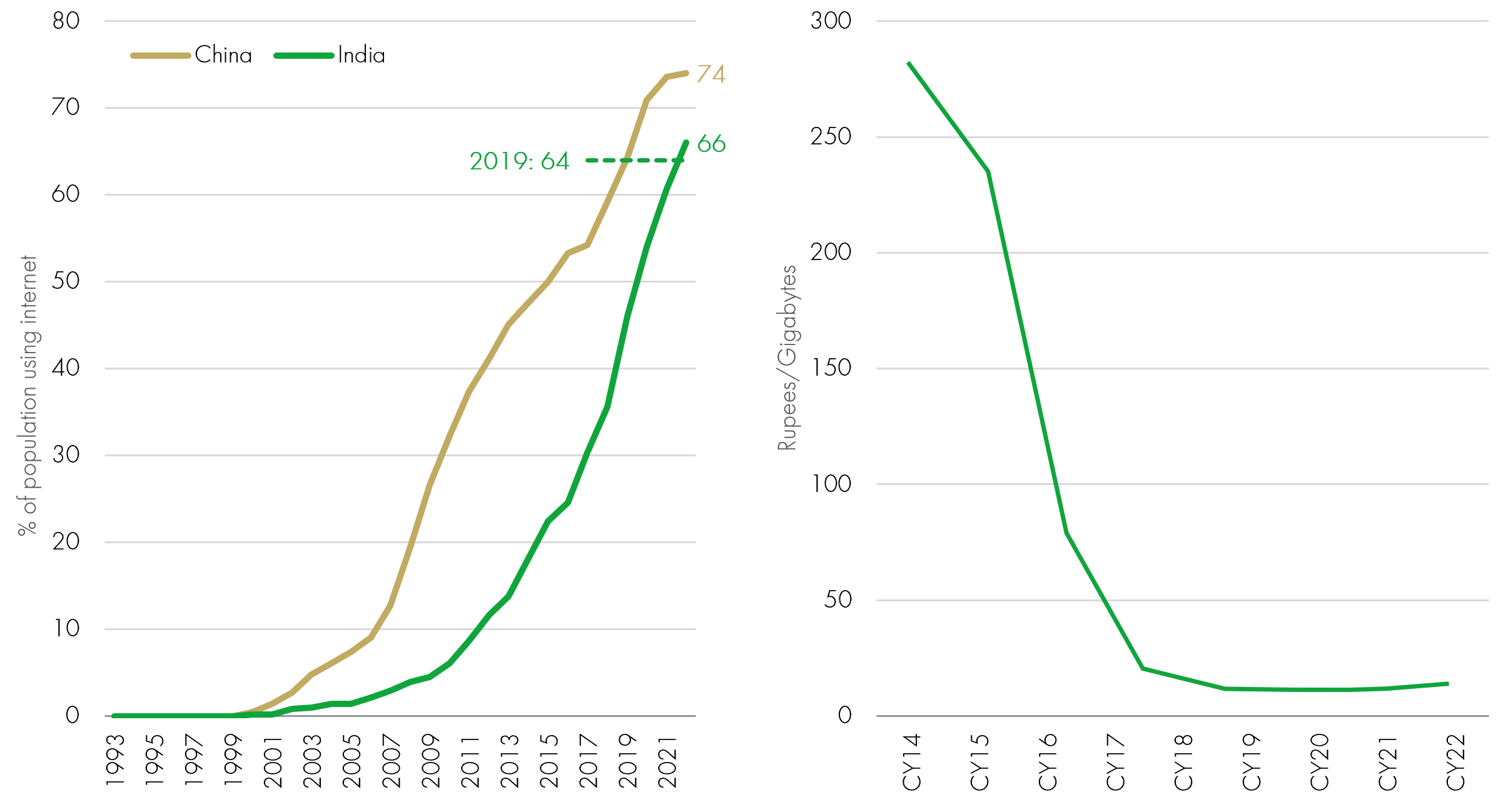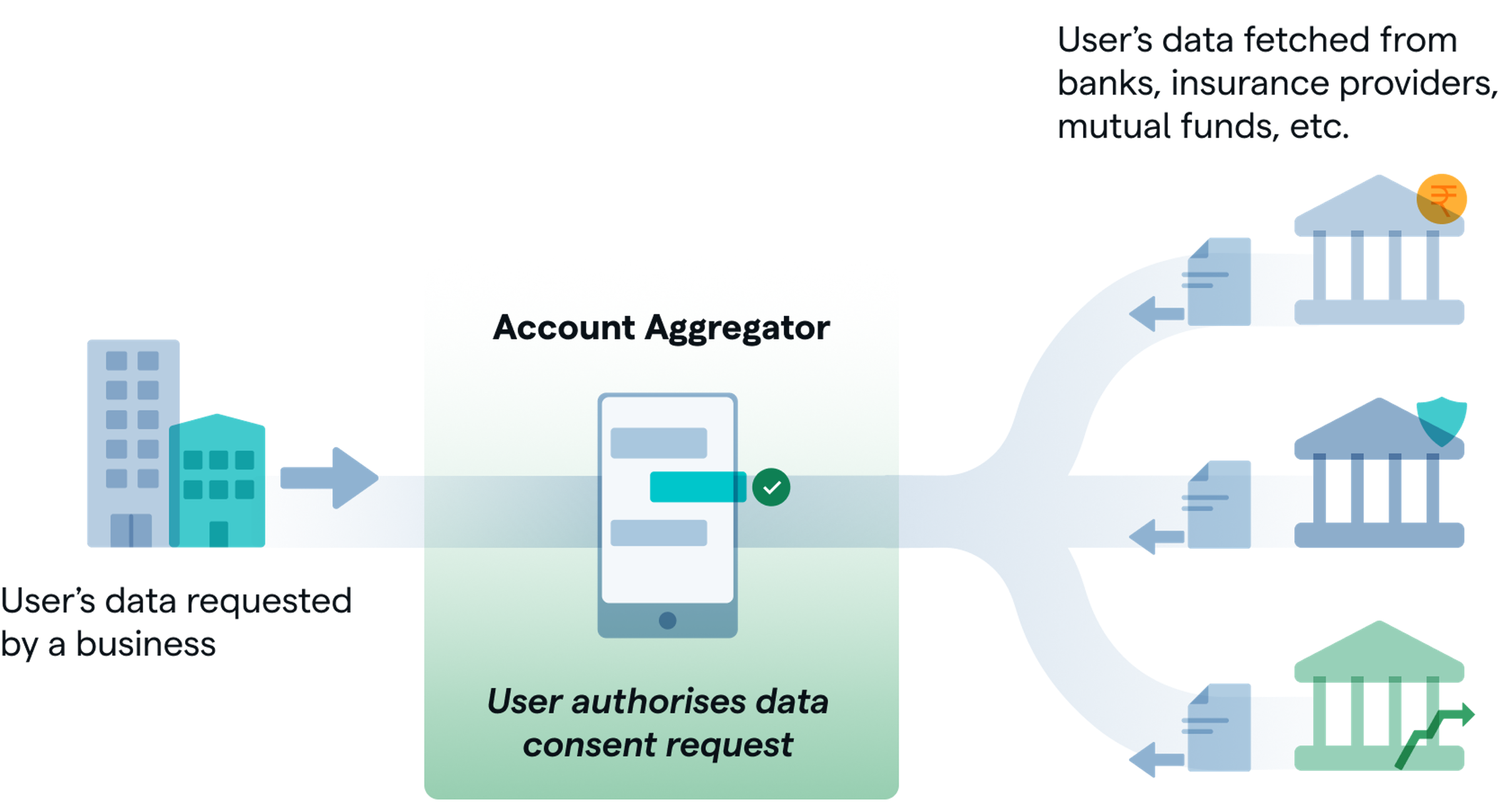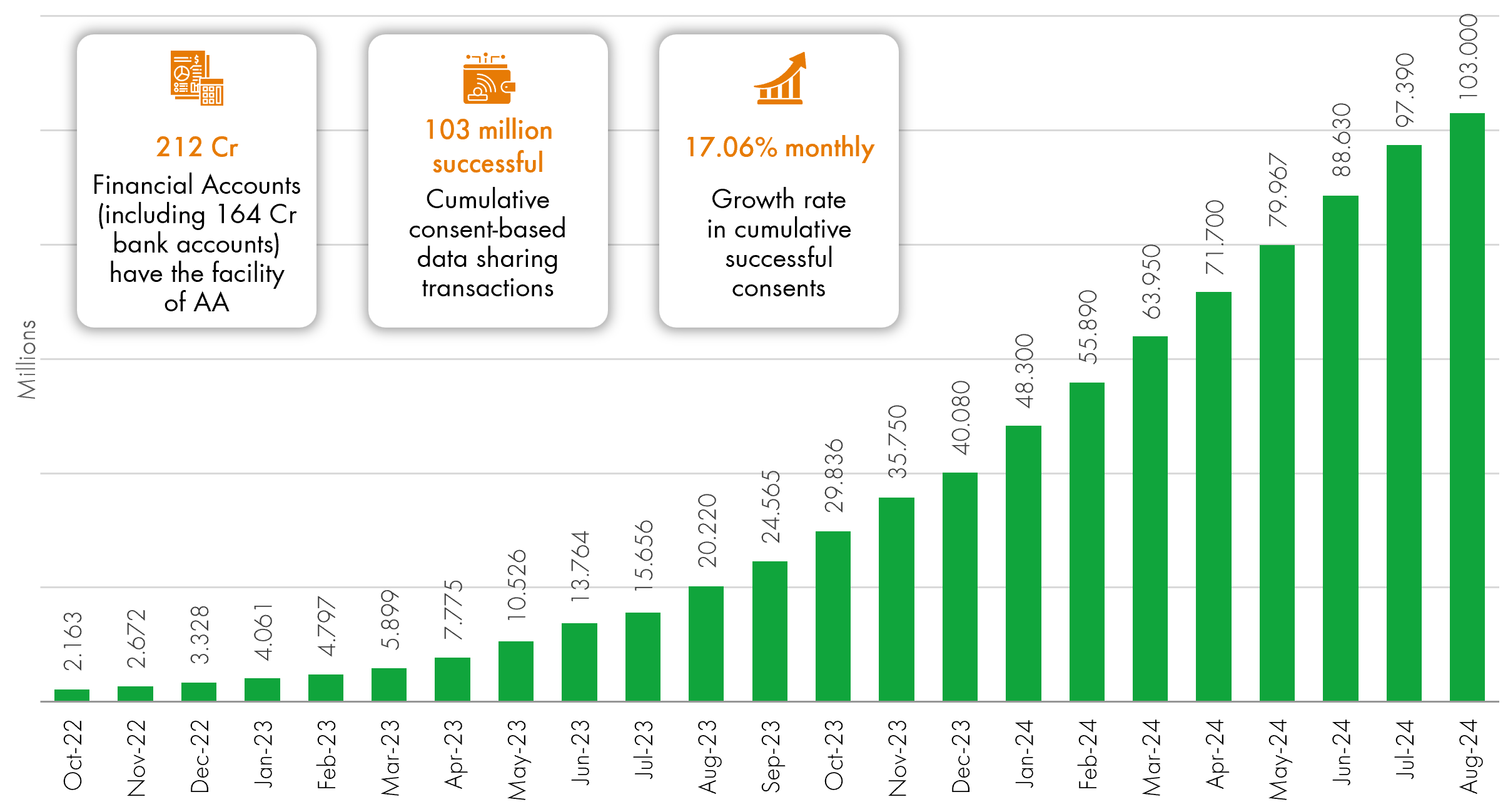
Past performance does not predict future returns. You may get back less than you originally invested. Reference to specific securities is not intended as a recommendation to purchase or sell any investment.
This article is featured in the Q3 2025 Future Strategist newsletter, you can read the rest of the newsletter here.
Historically, when comparing infrastructure in emerging markets with that of developed economies, the common image is one of a nascent development stage. These include unpaved roads winding through dust, patchy power lines and a general sense of (decades hence) catching up to the smooth highways and gleaming skylines of the developed world. The developed market template was there for all to see, and emerging markets merely needed to copy it.
When it comes to digital infrastructure, however, it can be sobering to see this image in reverse. Increasingly, emerging markets' deployment of technology and its integration into daily life is well in advance of developed markets, arguably offering a vision of our own future rather than the other way round.
In India, booking a flight increasingly feels like sending a message. A chatbot secures a ticket and checks you in using your preferences, a QR code lands in your WhatsApp, and at the airport your face is the pass. This is DigiYatra (Digital Journey): enrol once and at participating terminals you walk through e-gates with facial biometrics mapped to your ticket – no rummaging for paper or plastic. It is for domestic travel (passports and visas still apply for international legs) but the point stands: the seamless user experience, linking logistics to a centralised identity system, seems worlds away from that in the UK or US.

Source: DigiYatra (Digital Journey), Ministry of Civil Aviation Government of India.
Indeed, India's tech stack has been developed in conscious opposition to Silicon Valley. Crucially, it is built on public rails – digital infrastructure that any company can leverage. Think Aadhaar (digital ID), UPI (real-time payments), e-KYC, DigiLocker (document vault), Account Aggregators (consent-based data sharing) and now ONDC (an open network for commerce). The philosophy is simple: a standardised national digital backbone allows private companies to build on this open architecture and compete on service and user experience. The result is lower customer acquisition costs, faster onboarding, cheaper payments and relentless experimentation.
Moreover, India's huge population, high internet penetration and dramatically low data costs – not to mention a notably STEM-oriented higher-education system – provide an extremely fertile ground for technology to flourish. With 1GB of data, only $0.16 (the seventh cheapest in the world, compared to $6.00 in the US), the UPI/India Stack apps keep people online all day, with 95% of users accessing the web through mobile devices. UPI crossed the 20 billion monthly transactions mark in August, moving $300 billion between users, accounting for nearly half of all global daily digital payment transfers. DigiYatra shows a similar trajectory: the programme has logged over 16 million enrolled users and 67 million journeys since launch in late 2022. Adoption is not uniform yet but the direction of travel is clear – identity and movement are going digital end-to-end.
Internet penetration entrenched at an early stage… …thanks to the cheapest global data rates

Source: Data, 1993 to 2022. Haver, Statista forecasts, Morgan Stanley Research, February 2022; company reports.
Source: CY = Calendar Year, 2014 to 2022. Haver, Statista forecasts, Morgan Stanley Research, February 2022; company reports.
Contrast this with the US-dominated developed-world system, where access to users and data typically runs through private gatekeepers: app stores, card networks and device ecosystems. Those toll booths are lucrative precisely because they control the pipes. Even as Europe forces changes to Apples's terms, historically this model has delivered up to 30% commissions on in-app transactions. Although innovation has been strong, the benefits have largely accrued to small numbers of extremely profitable companies. The "walled garden" approach enables oligopolistic players to control the network and either prevent new entrants accessing the infrastructure or only allow them in on limited terms and at a high price.
In India's banking sector, there has been a quiet revolution driven by the Account Aggregator framework (regulated by the Reserve Bank of India (RBI)), which lets consumers move financial data between institutions via a standardised data pipe. The model is opt-in and revocable – essentially Open Banking but on a national scale.

Source: Account Aggregator
The last financial year saw nearly $20 billion of loans disbursed across over 200,000 loan accounts using such Account Aggregators (AAs), showing how underwriting is shifting from paper documents to digital cash-flow data. A key design choice was the explicit inclusion of the Goods & Services Tax Network as a Financial Information Provider – this means that small- and medium-sized enterprise (SME) sales and tax flows can (with consent) feed into bank credit models, enabling cash-flow-based lending instead of collateral-only. State Bank of India, for example, can now triangulate its own internal data with that of the government, allowing it to slice and dice it to give credit approvals in under 20 minutes compared with four days previously.
103 million cumulative successful consents

Source: Data, August 2024, India’s Account Aggregator Framework Crosses 100 million Consents in Three Years.
Emerging markets also benefit from leapfrog dynamics. There is no sunk cost in cheques, magstripe cards or desktop web. Consumers went straight to smartphones, QR codes and chat interfaces while merchants jumped from cash boxes to UPI with a printed QR and zero set up. The engineering solutions follow the local context: apps handle patchy connectivity, support dozens of languages and use WhatsApp rather than email to drive transactions and support. When the "middle era" never existed, you are not bound by the physical and imaginative restrictions that are its unintentional legacy.
This is the backdrop for a company such as Ixigo – a travel marketplace that is aggressively tech-led and data-centric, providing live feeds for trains and buses, predicting ETAs and wait lists, and stitching together multi-modal routes. In a country where transport delays can sometimes be measured in hours and days rather than minutes, Ixigo has been able to take public data and track trains in real time through cell-tower data, redirecting customers as required, providing a tangible use-case for technology, and driving clear user experience. This is a company of only 500 employees, with 85 million monthly active users, and a service layer where over 60% of voice calls and 88% of chats are resolved by autonomous AI agents.
This is what public rails enable: small teams orchestrating large networks as compressed fixed costs put a data flywheel within the reach of even mid-sized firms. AI then supercharges this process – faster support, smarter pricing, better routing and offering software-like operating leverage in sectors once thought of as operationally heavy.
India – increasingly an object of significant attraction for global tech players, hungry for the vast data lake it offers – provides a clear lesson in digital architecture: build the rails and let banks and startups compete on ingenuity at the edge. India's tech stack has already inspired a global movement, with many countries adopting or piloting similar systems – from Brazil to Singapore, France to Australia. India's experiment goes to show what happens when the state lays the track and thousands of private trains race across it.
Read, watch and listen to more insights from Liontrust fund managers here >
KEY RISKS
Past performance does not predict future returns. You may get back less than you originally invested.
We recommend this fund is held long term (minimum period of 5 years). We recommend that you hold this fund as part of a diversified portfolio of investments.
The Funds managed by the Global Equities team:
- May hold overseas investments that may carry a higher currency risk. They are valued by reference to their local currency which may move up or down when compared to the currency of a Fund.
- May encounter liquidity constraints from time to time. The spread between the price you buy and sell shares will reflect the less liquid nature of the underlying holdings.
- May invest in smaller companies and may invest a small proportion (less than 10%) of the Fund in unlisted securities. There may be liquidity constraints in these securities from time to time, i.e. in certain circumstances, the fund may not be able to sell a position for full value or at all in the short term. This may affect performance and could cause the fund to defer or suspend redemptions of its shares.
- May have a concentrated portfolio, i.e. hold a limited number of investments or have significant sector or factor exposures. If one of these investments or sectors / factors fall in value this can have a greater impact on the Fund's value than if it held a larger number of investments across a more diversified portfolio.
- May invest in emerging markets which carries a higher risk than investment in more developed countries. This may result in higher volatility and larger drops in the value of a fund over the short term.
- Certain countries have a higher risk of the imposition of financial and economic sanctions on them which may have a significant economic impact on any company operating, or based, in these countries and their ability to trade as normal. Any such sanctions may cause the value of the investments in the fund to fall significantly and may result in liquidity issues which could prevent the fund from meeting redemptions.
- May invest in companies predominantly in a single country which maybe subject to greater political, social and economic risks which could result in greater volatility than investments in more broadly diversified funds.
- May hold Bonds. Bonds are affected by changes in interest rates and their value and the income they generate can rise or fall as a result; The creditworthiness of a bond issuer may also affect that bond's value. Bonds that produce a higher level of income usually also carry greater risk as such bond issuers may have difficulty in paying their debts. The value of a bond would be significantly affected if the issuer either refused to pay or was unable to pay.
- May, under certain circumstances, invest in derivatives, but it is not intended that their use will materially affect volatility. Derivatives are used to protect against currencies, credit and interest rate moves or for investment purposes. There is a risk that losses could be made on derivative positions or that the counterparties could fail to complete on transactions. The use of derivatives may create leverage or gearing resulting in potentially greater volatility or fluctuations in the net asset value of the Fund. A relatively small movement in the value of a derivative's underlying investment may have a larger impact, positive or negative, on the value of a fund than if the underlying investment was held instead. The use of derivative instruments that may result in higher cash levels. Cash may be deposited with several credit counterparties (e.g. international banks) or in short-dated bonds. A credit risk arises should one or more of these counterparties be unable to return the deposited cash.
The risks detailed above are reflective of the full range of Funds managed by the Global Equities team and not all of the risks listed are applicable to each individual Fund. For the risks associated with an individual Fund, please refer to its Key Investor Information Document (KIID)/PRIIP KID.
The issue of units/shares in Liontrust Funds may be subject to an initial charge, which will have an impact on the realisable value of the investment, particularly in the short term. Investments should always be considered as long term.
DISCLAIMER
This material is issued by Liontrust Investment Partners LLP (2 Savoy Court, London WC2R 0EZ), authorised and regulated in the UK by the Financial Conduct Authority (FRN 518552) to undertake regulated investment business.
It should not be construed as advice for investment in any product or security mentioned, an offer to buy or sell units/shares of Funds mentioned, or a solicitation to purchase securities in any company or investment product. Examples of stocks are provided for general information only to demonstrate our investment philosophy. The investment being promoted is for units in a fund, not directly in the underlying assets.
This information and analysis is believed to be accurate at the time of publication, but is subject to change without notice. Whilst care has been taken in compiling the content, no representation or warranty is given, whether express or implied, by Liontrust as to its accuracy or completeness, including for external sources (which may have been used) which have not been verified.
This is a marketing communication. Before making an investment, you should read the relevant Prospectus and the Key Investor Information Document (KIID) and/or PRIIP/KID, which provide full product details including investment charges and risks. These documents can be obtained, free of charge, from www.liontrust.com or direct from Liontrust. If you are not a professional investor please consult a regulated financial adviser regarding the suitability of such an investment for you and your personal circumstances.





